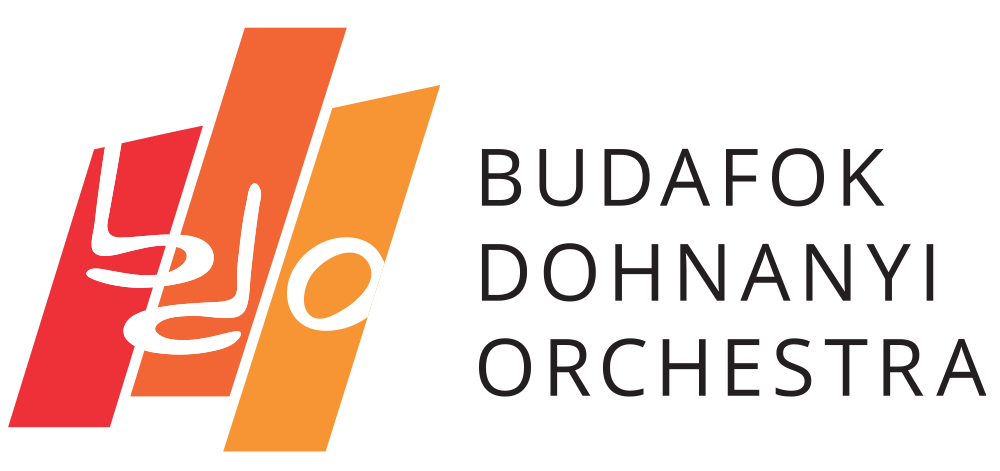Mozart entered this symphony in his more or less regularly updated catalogue of works in 1788, under the title Symphony with Final Fugue. The word Jupiter first appears in writing in a concert calendar of 1821. The naming is quite apt, because it is rightly felt by us listeners that Mozart gained admission to Olympus with this work. The first movement of the work is a typical dialogue with the gods: an unambiguous declarative mode juxtaposed with a series of questions coming straight from the heart. This dichotomy is also found, in an unusual way, in the second movement. The third movement is one of the last real minuets in the history of music. Finally, the fourth movement is based on an enigmatic theme that has very many occurrences in music history, but is also known as Mozart’s signature motif. The end of the movement is a special compositional feat, with a short fugue that unfolds not from a single theme, but by the superimposing of all the musical materials contained in the piece.
Presented and conducted by: Gábor Hollerung
Mozart: Jupiter Symphony, KV 551


